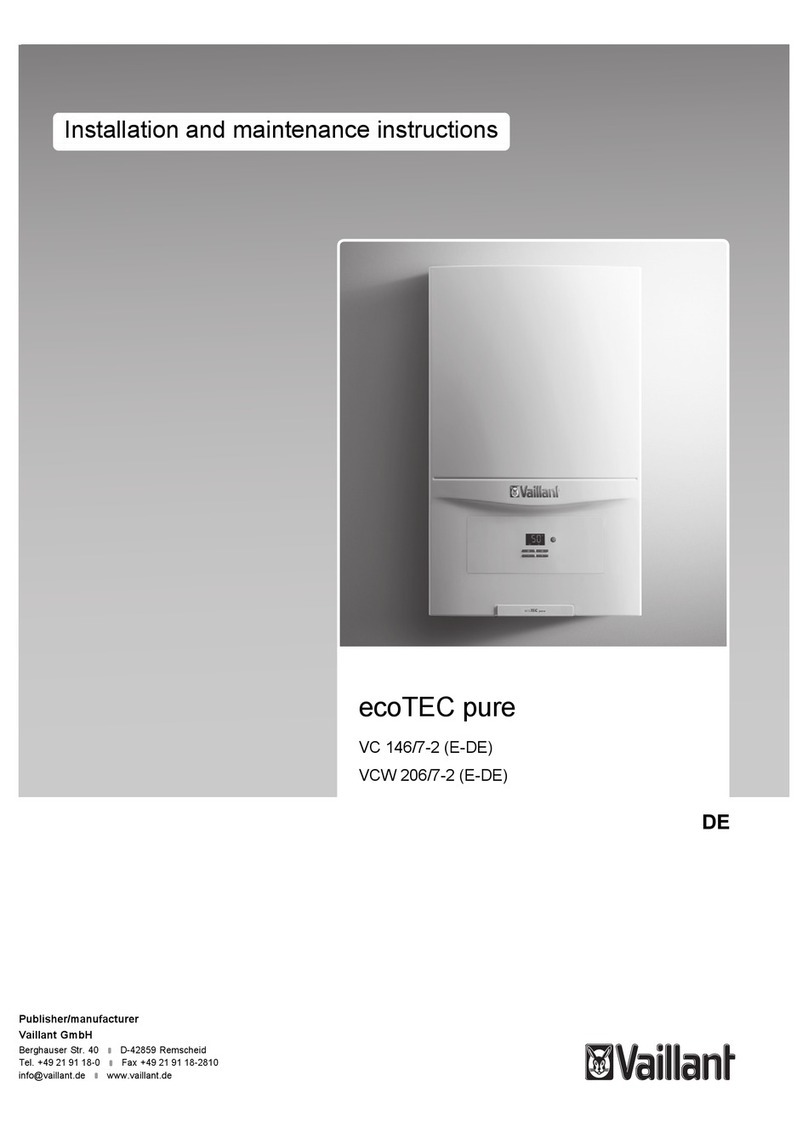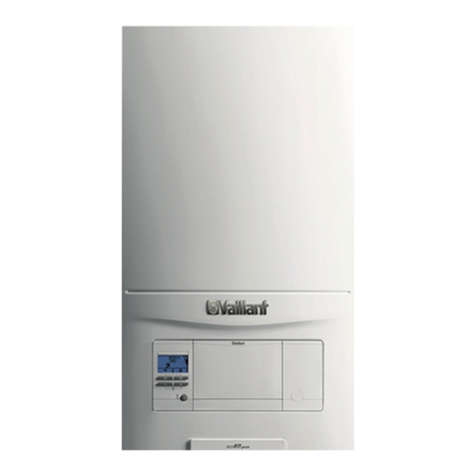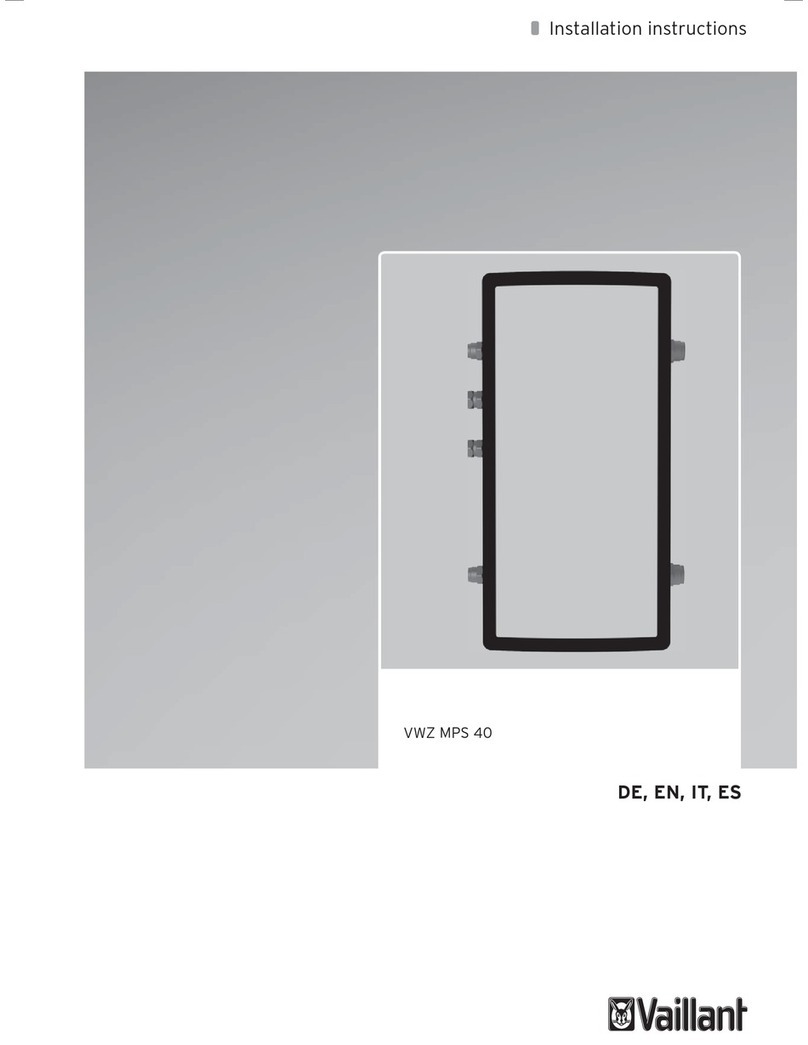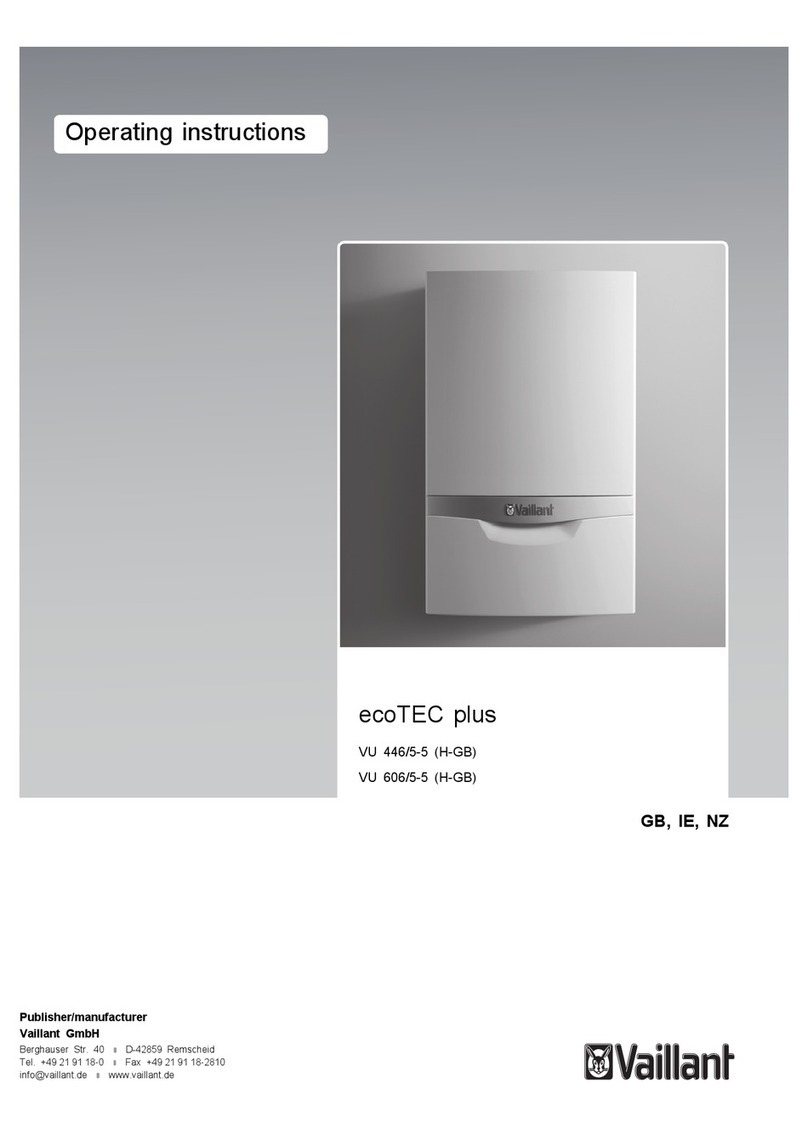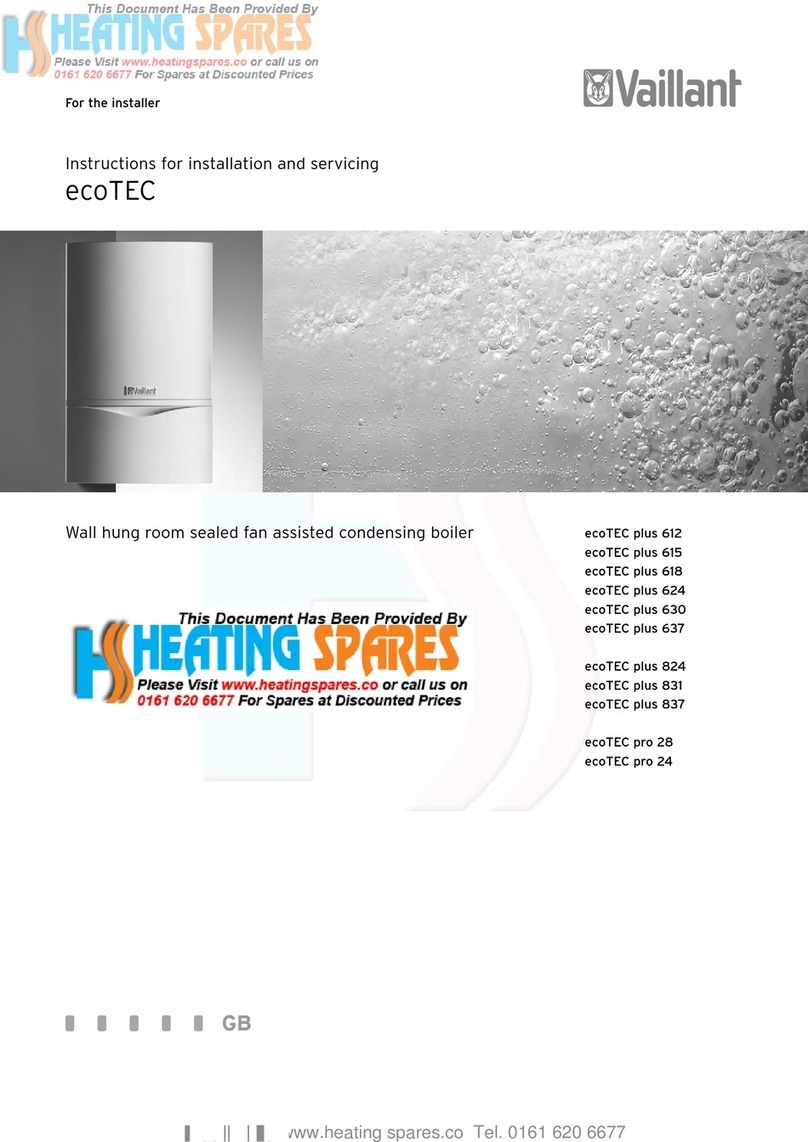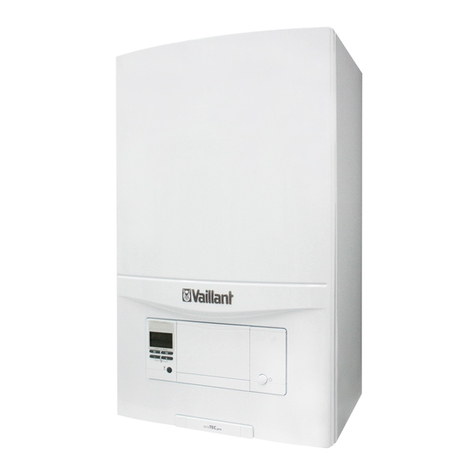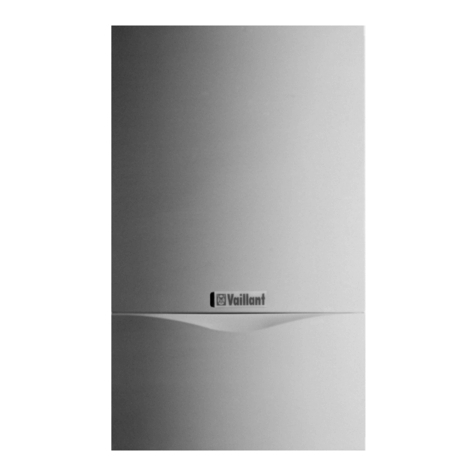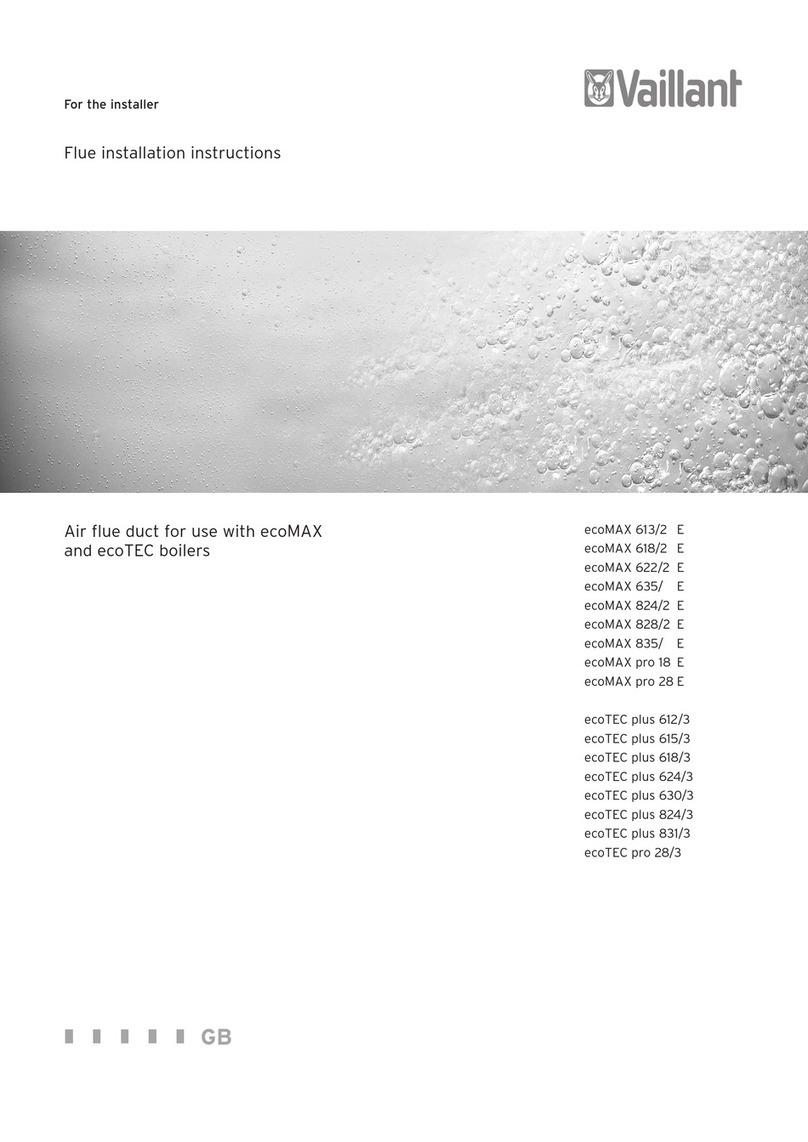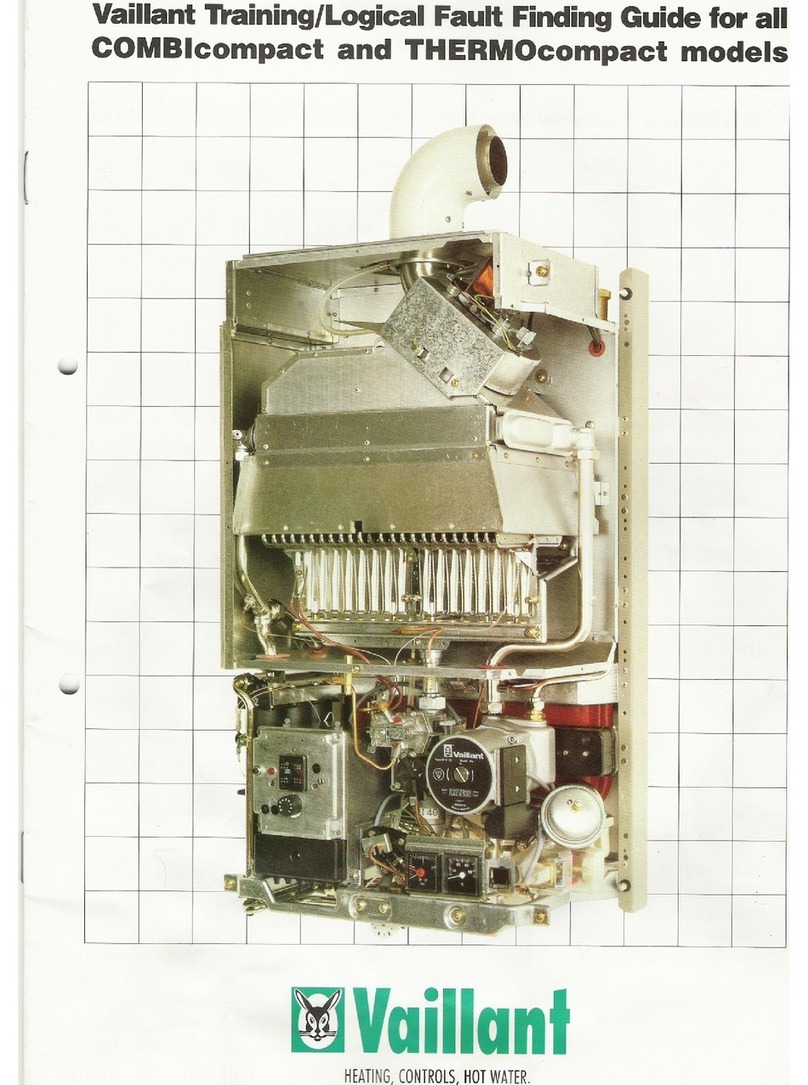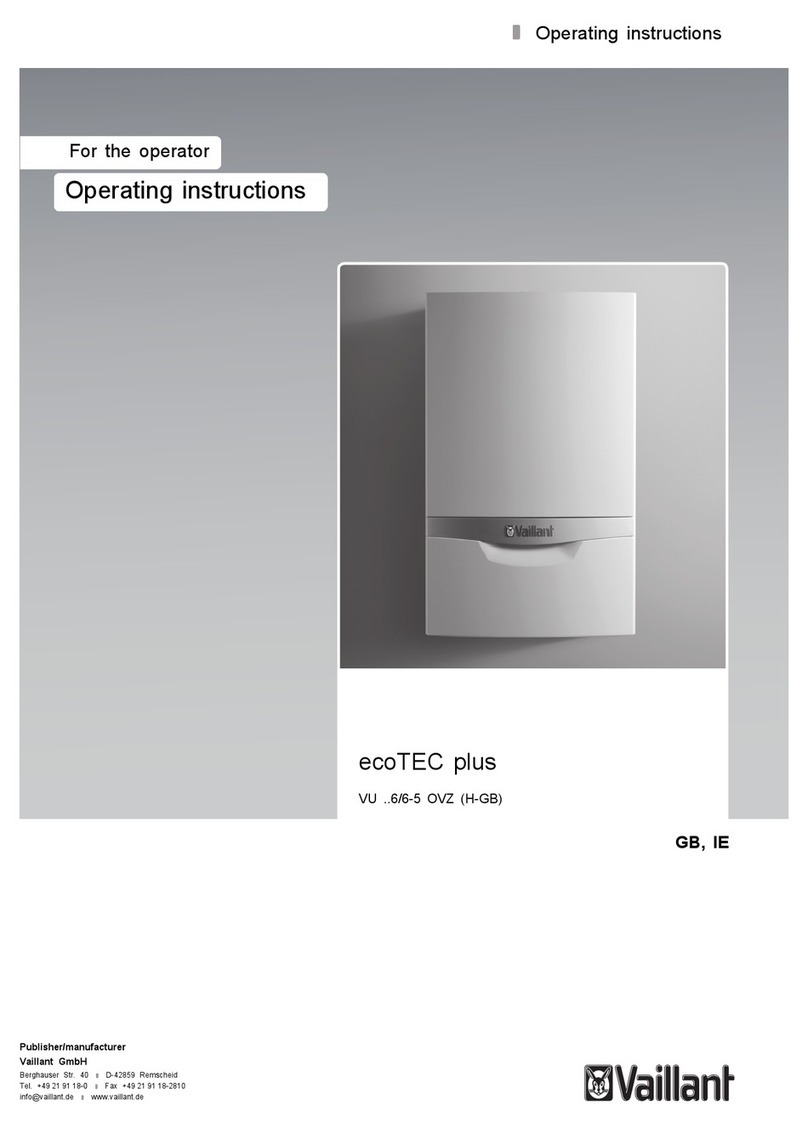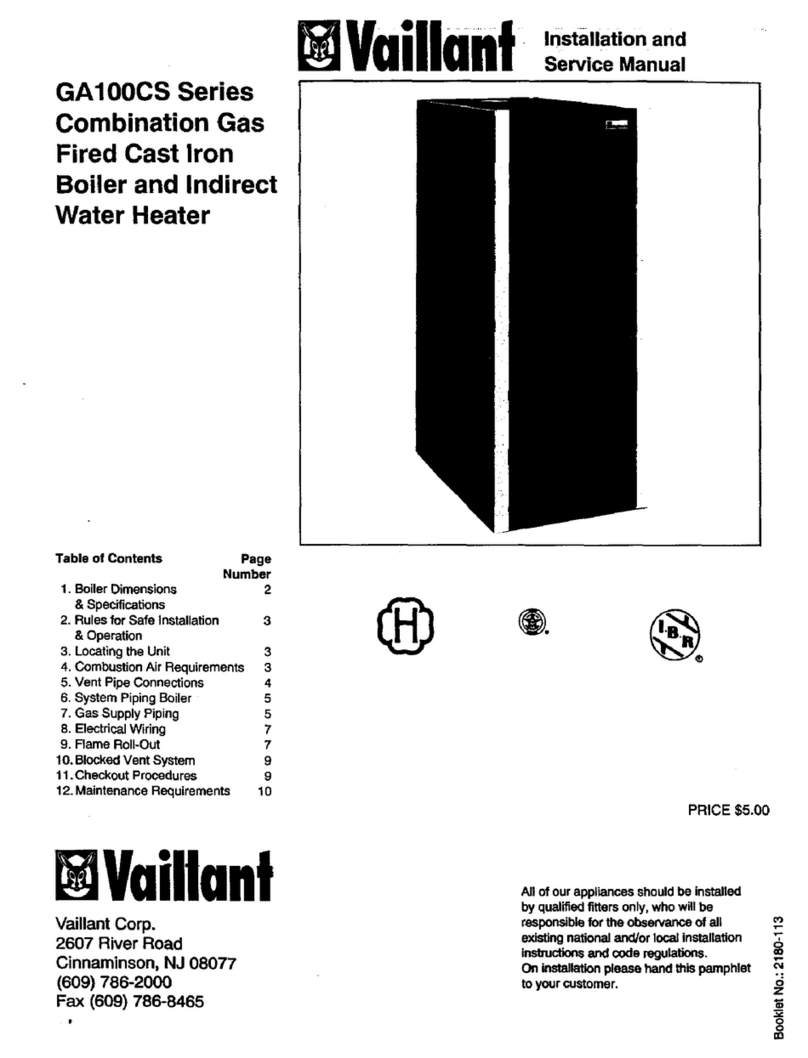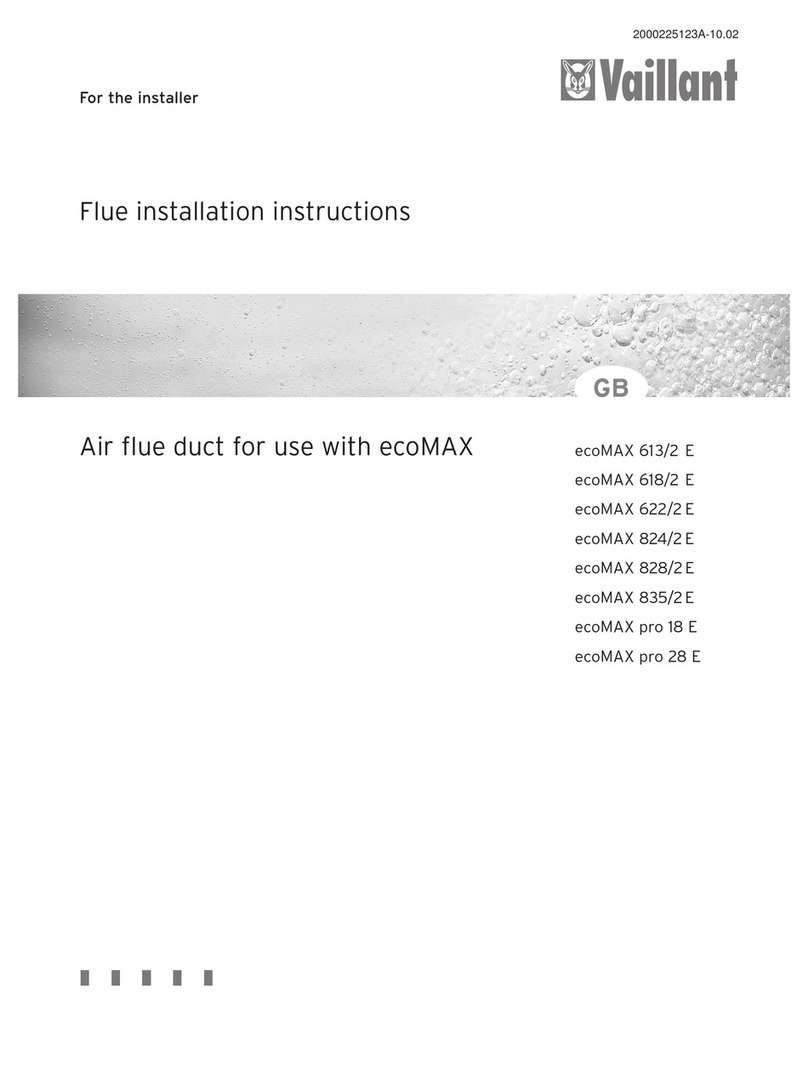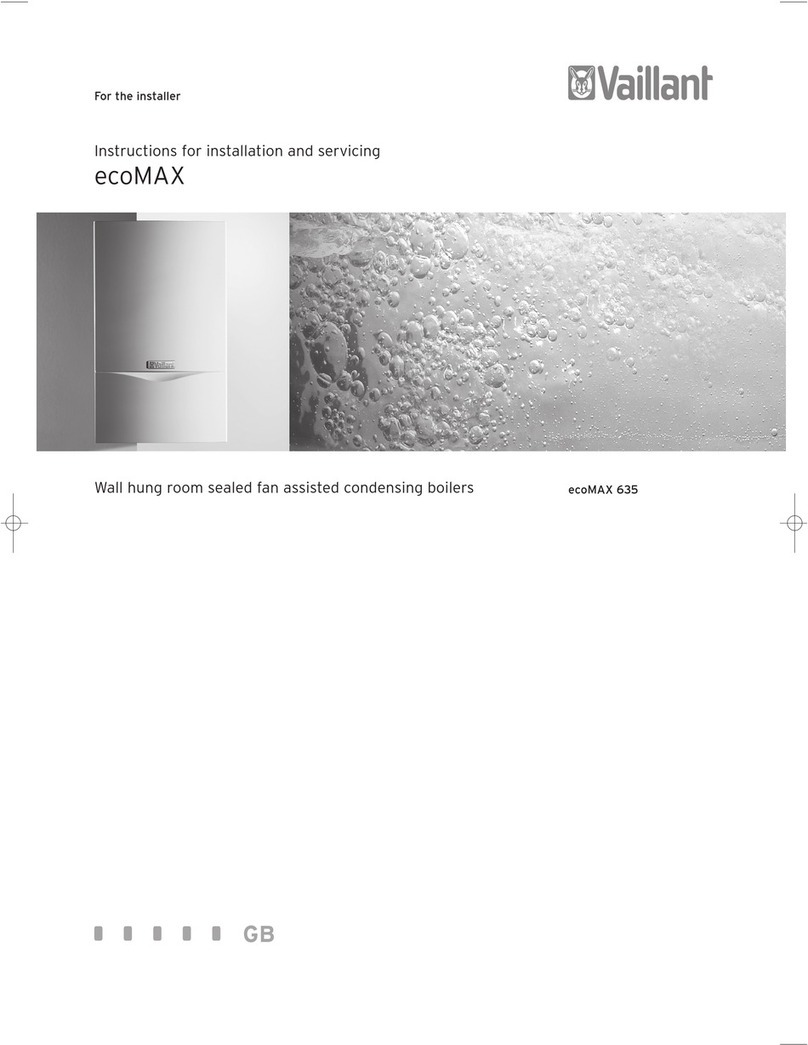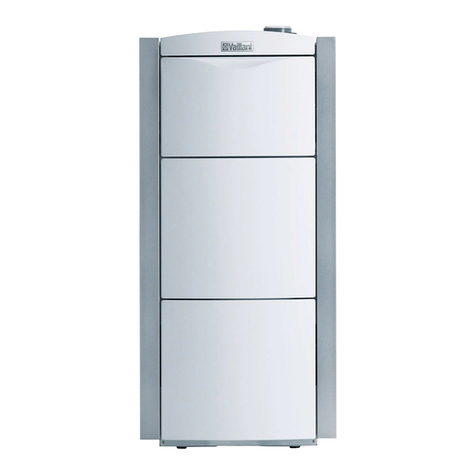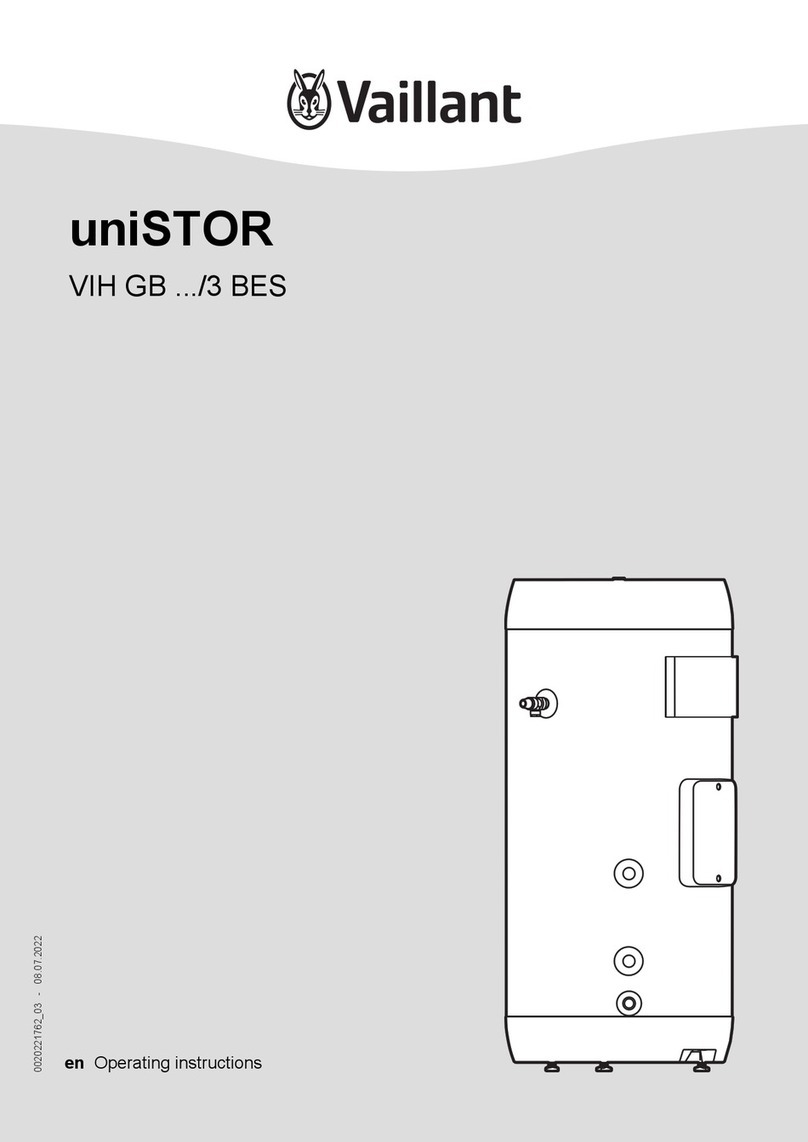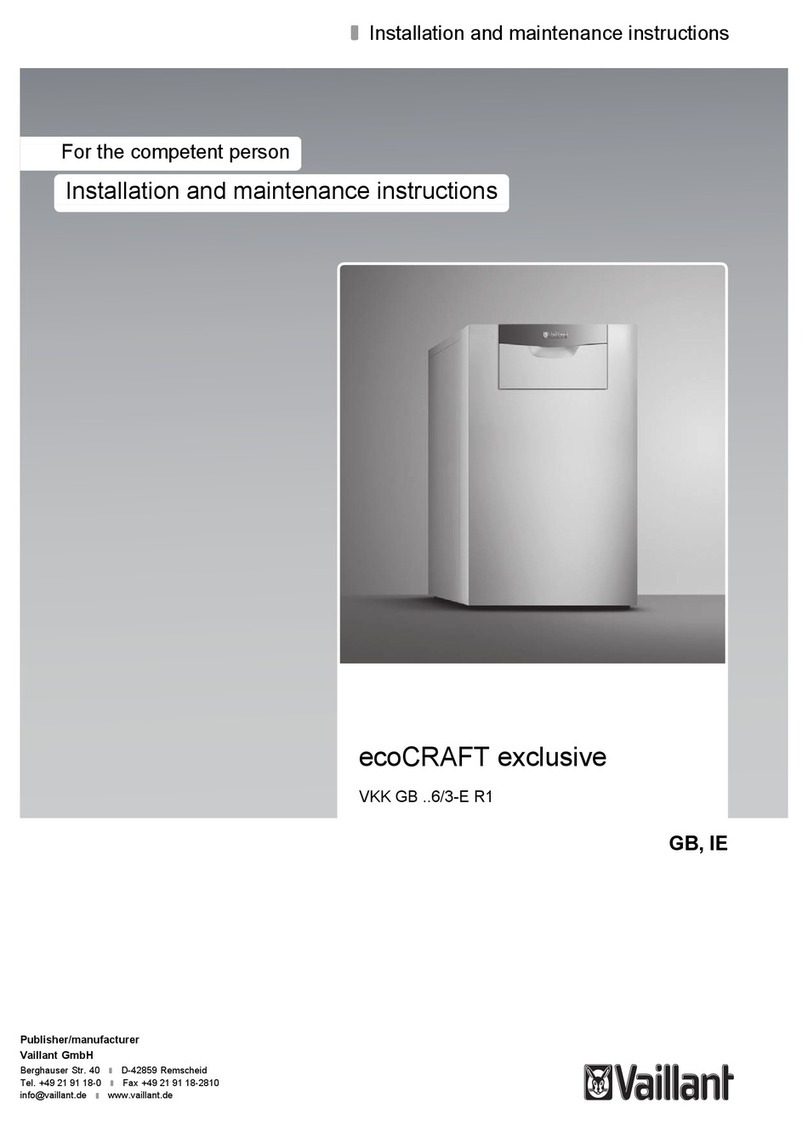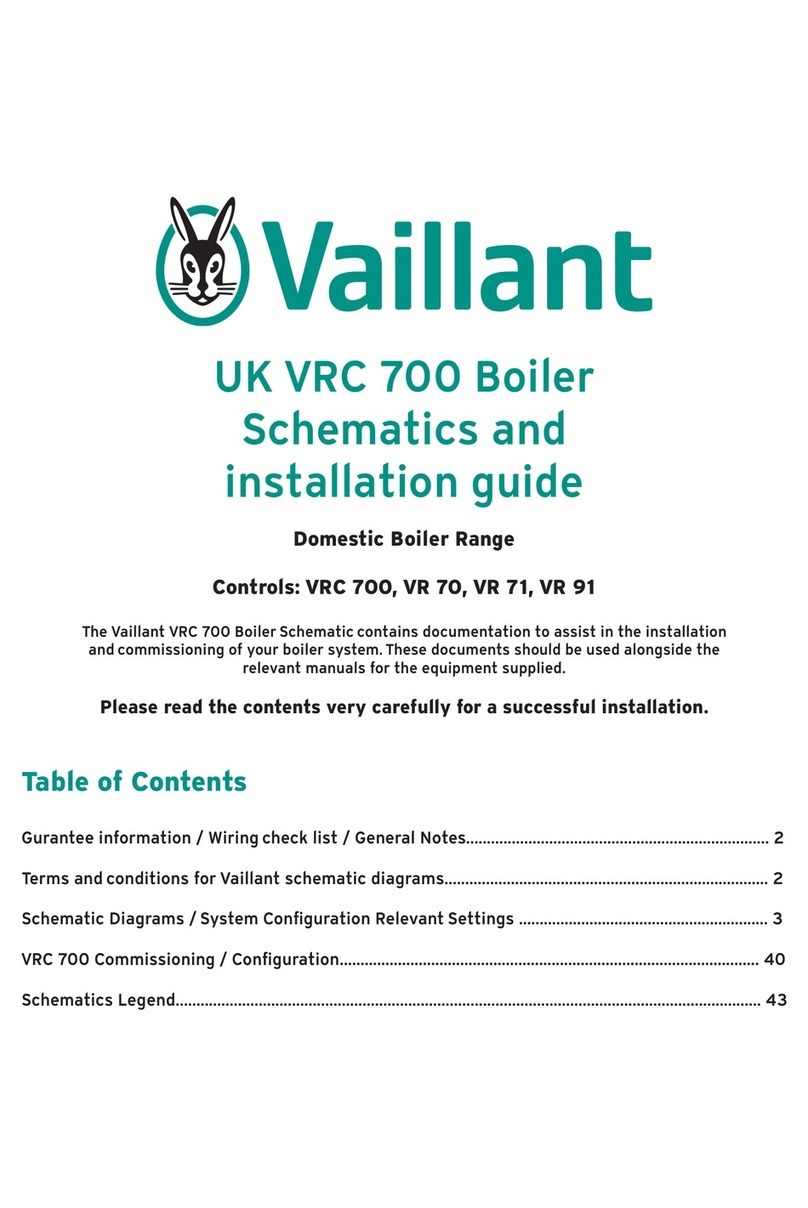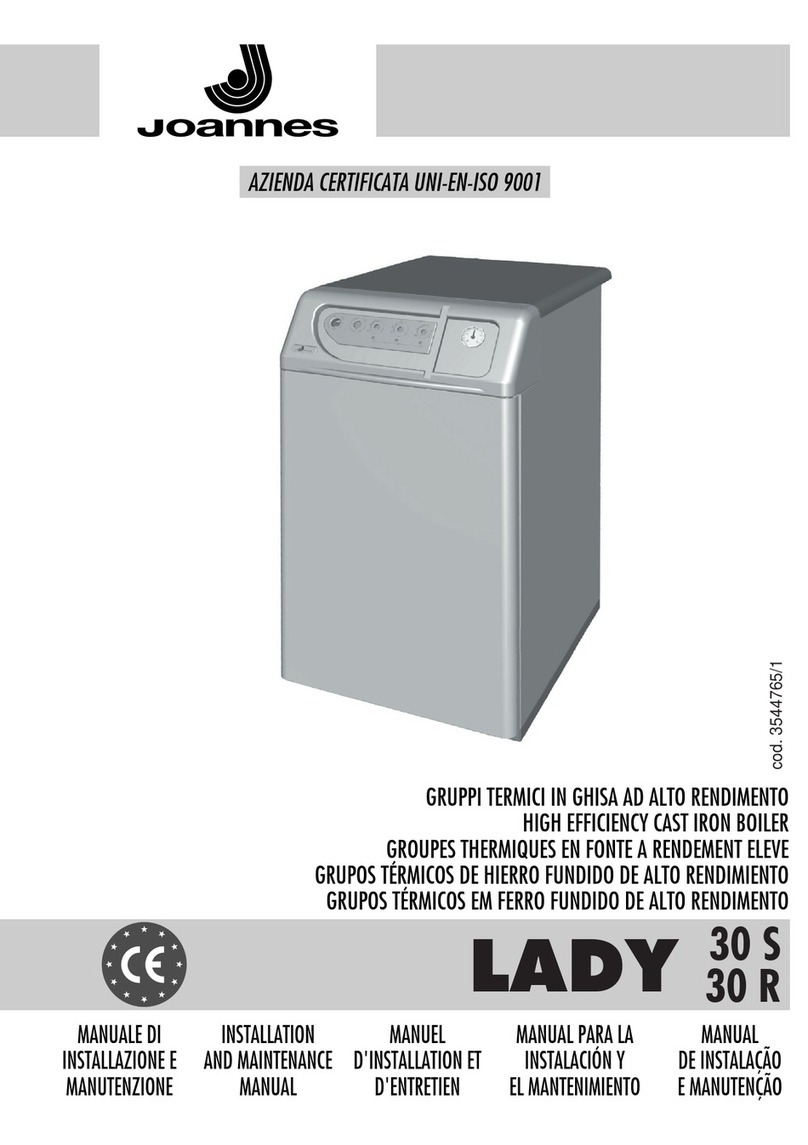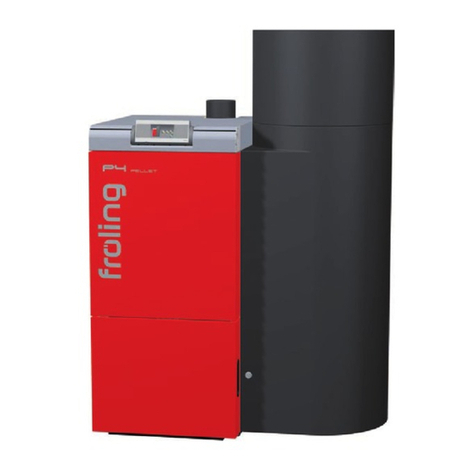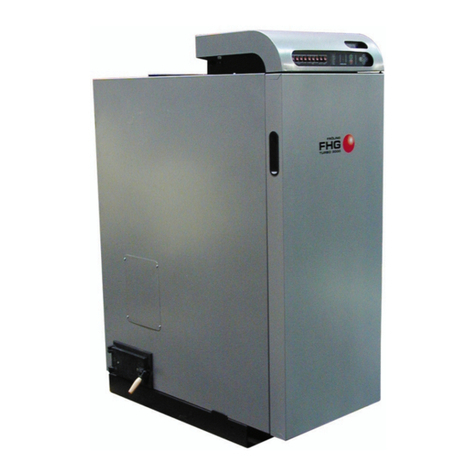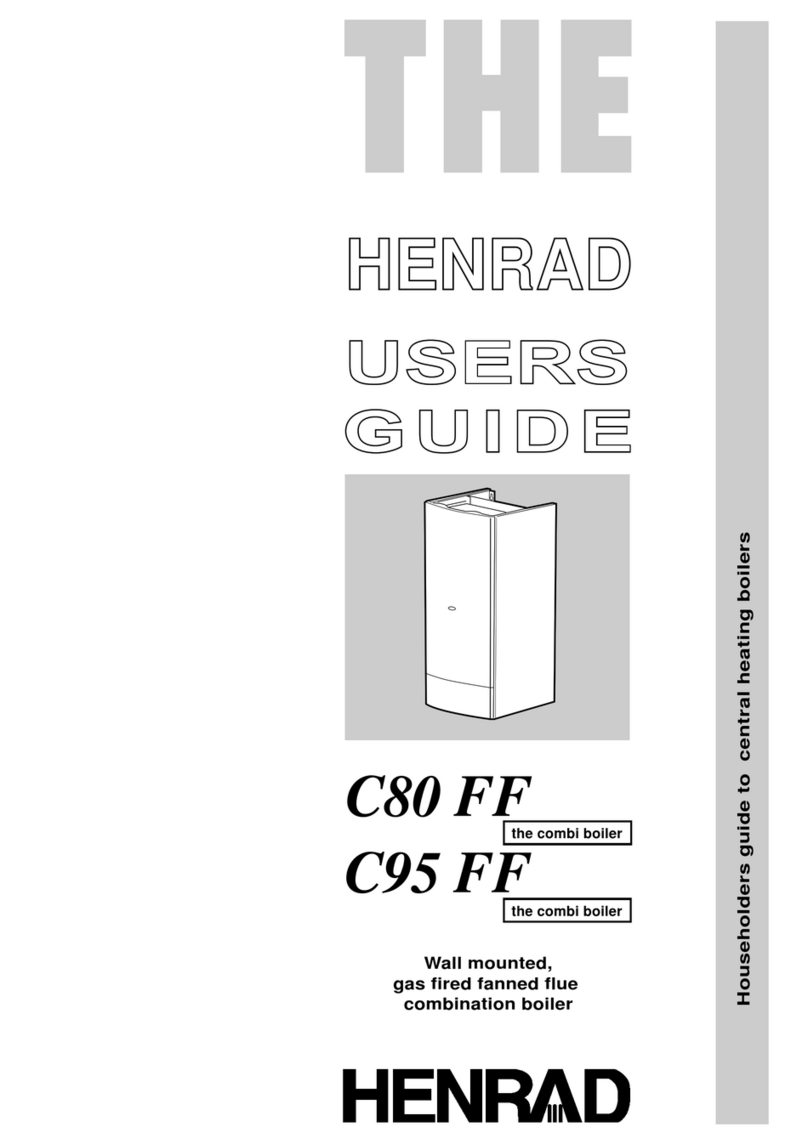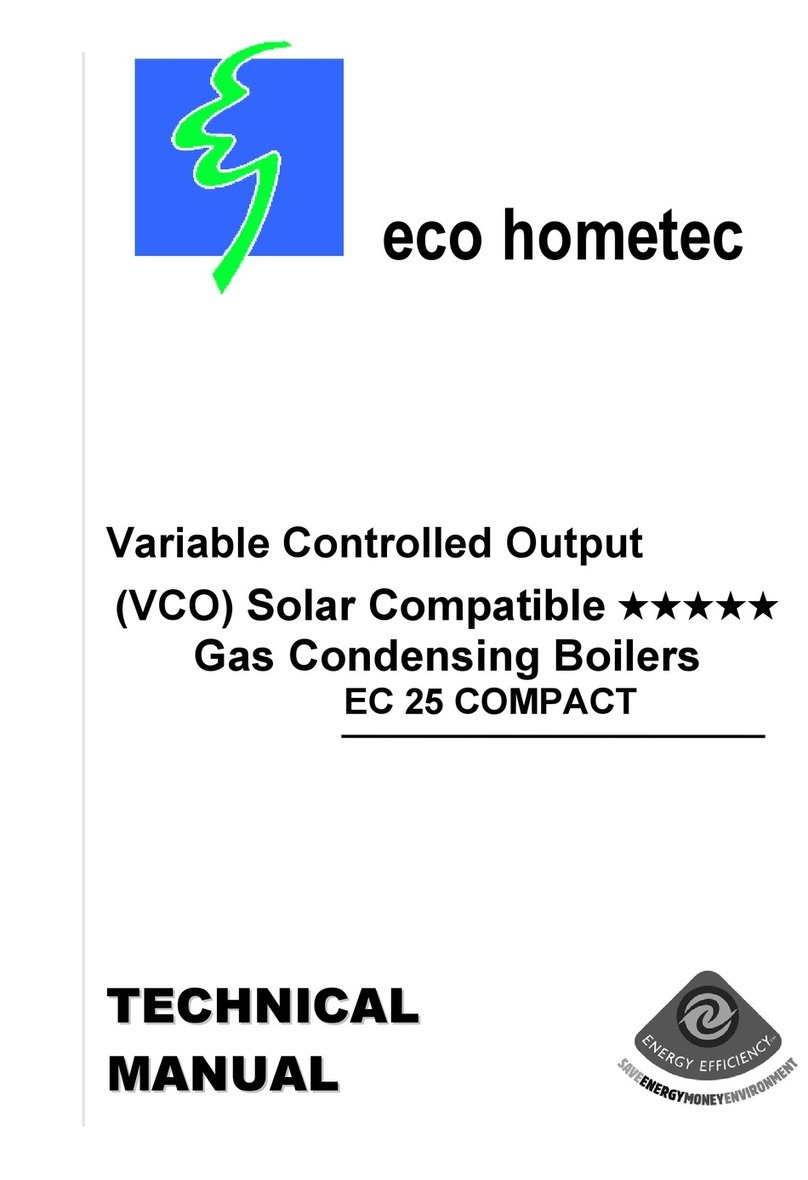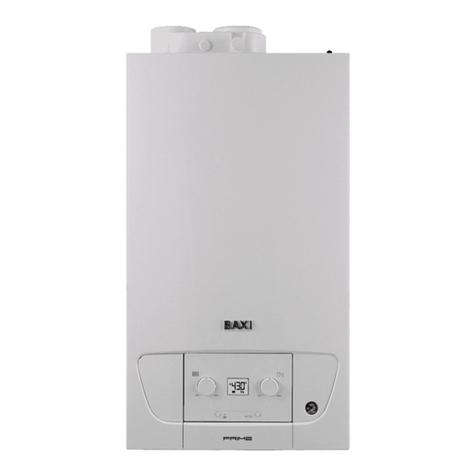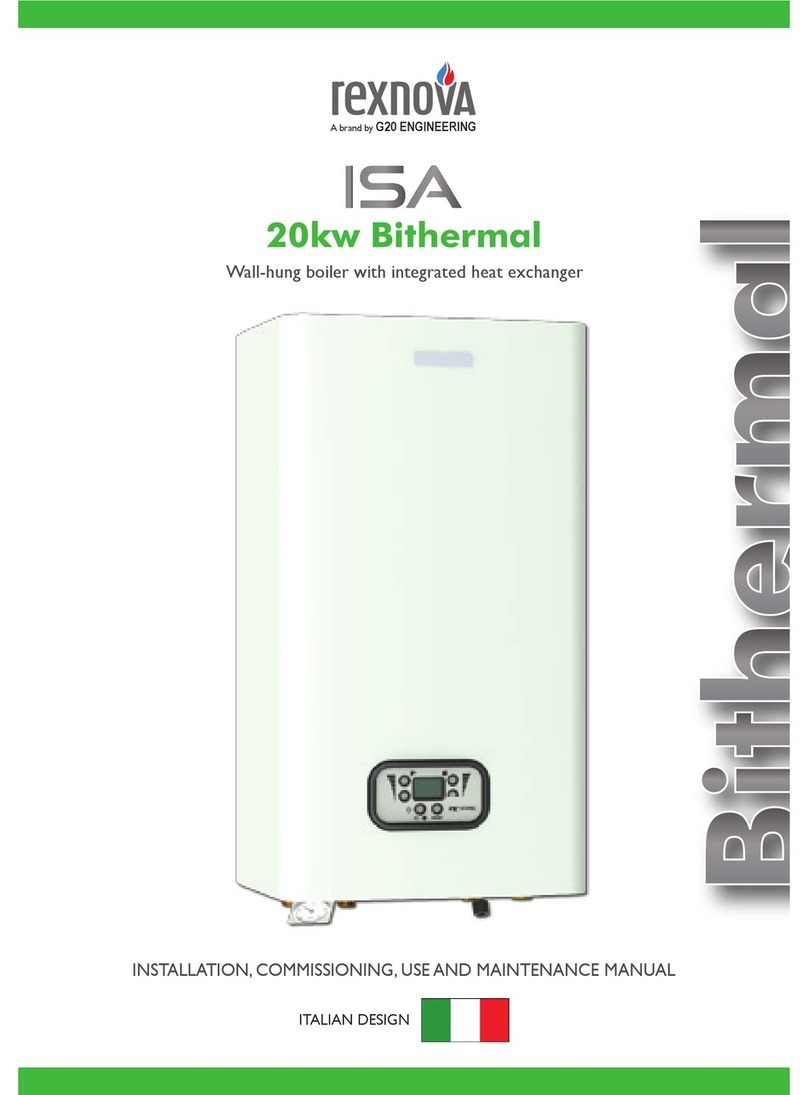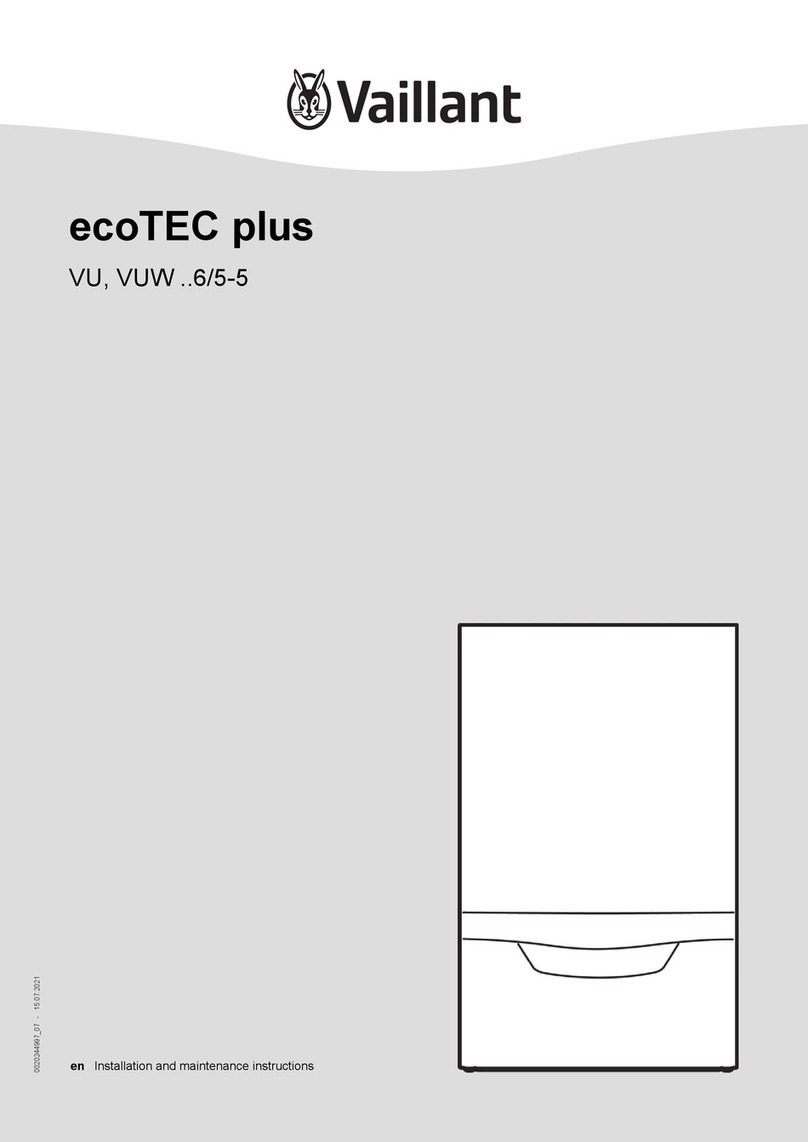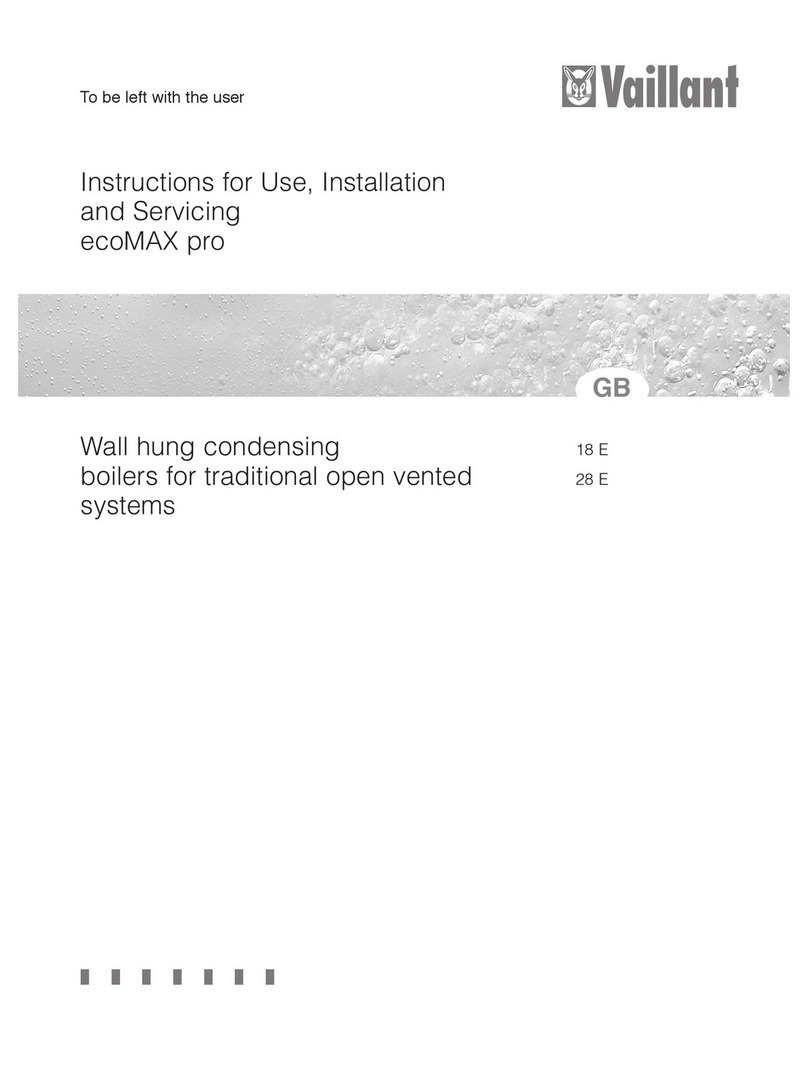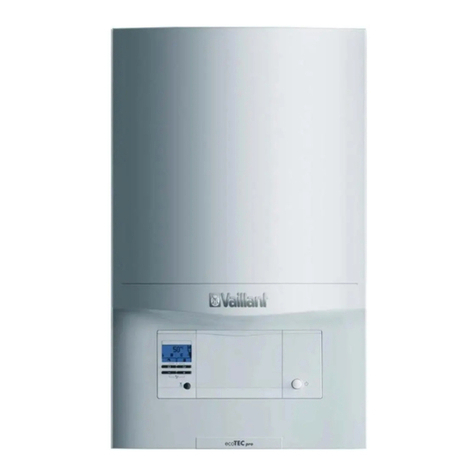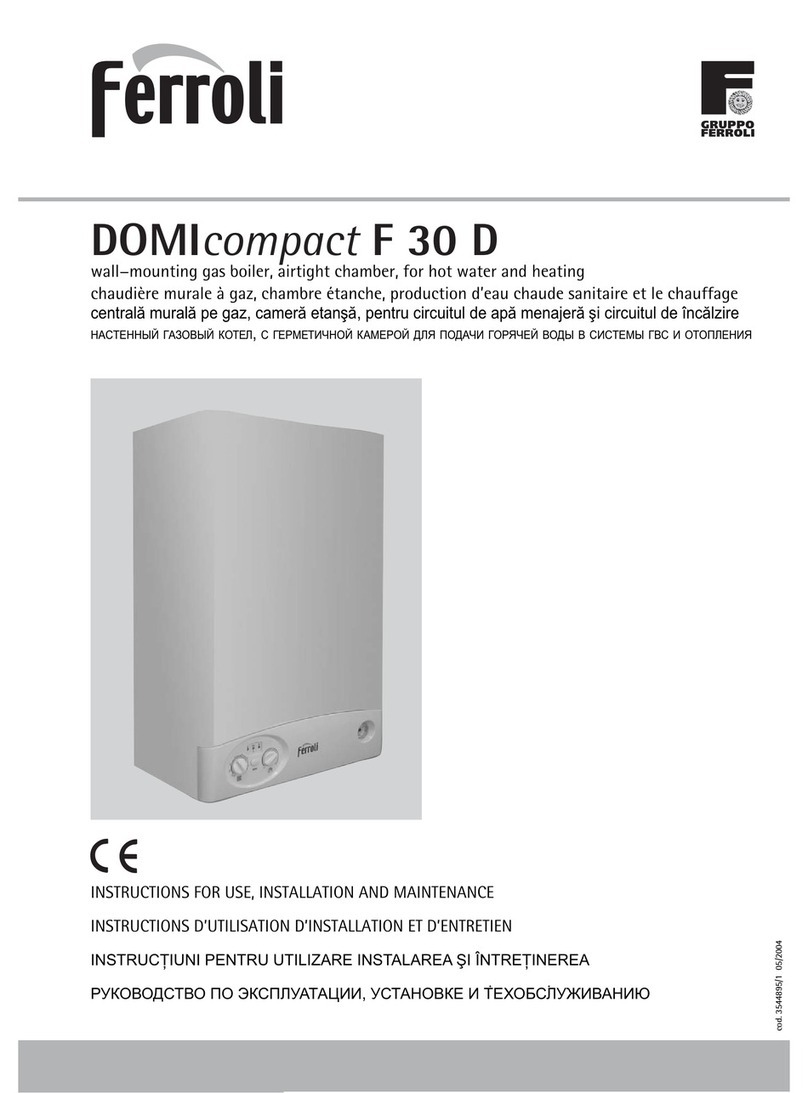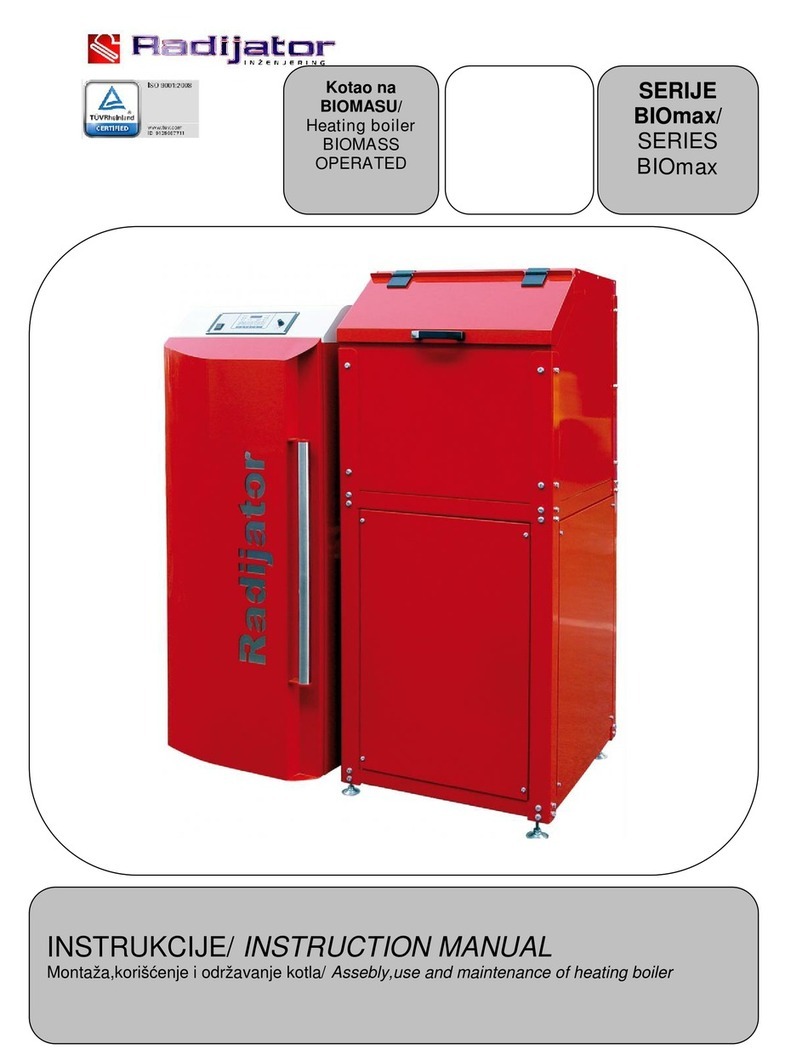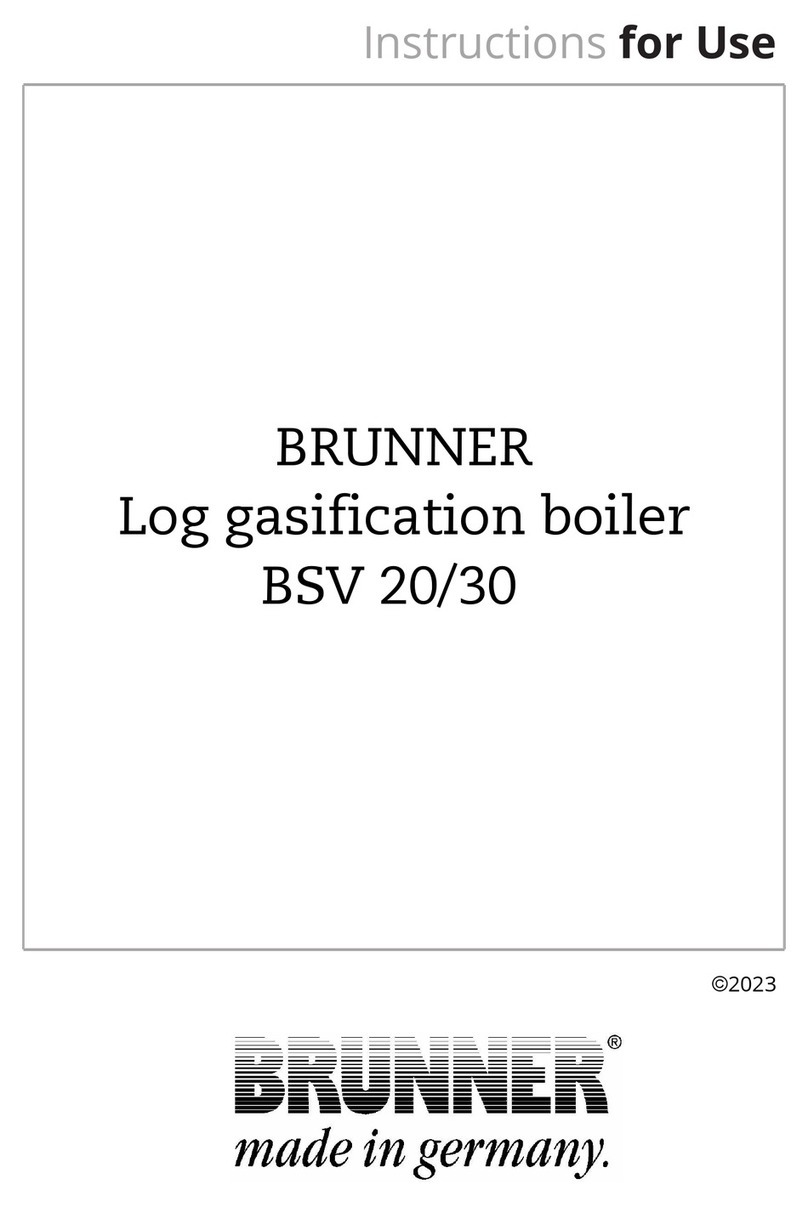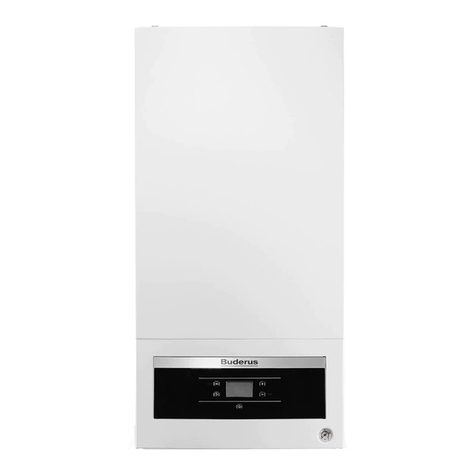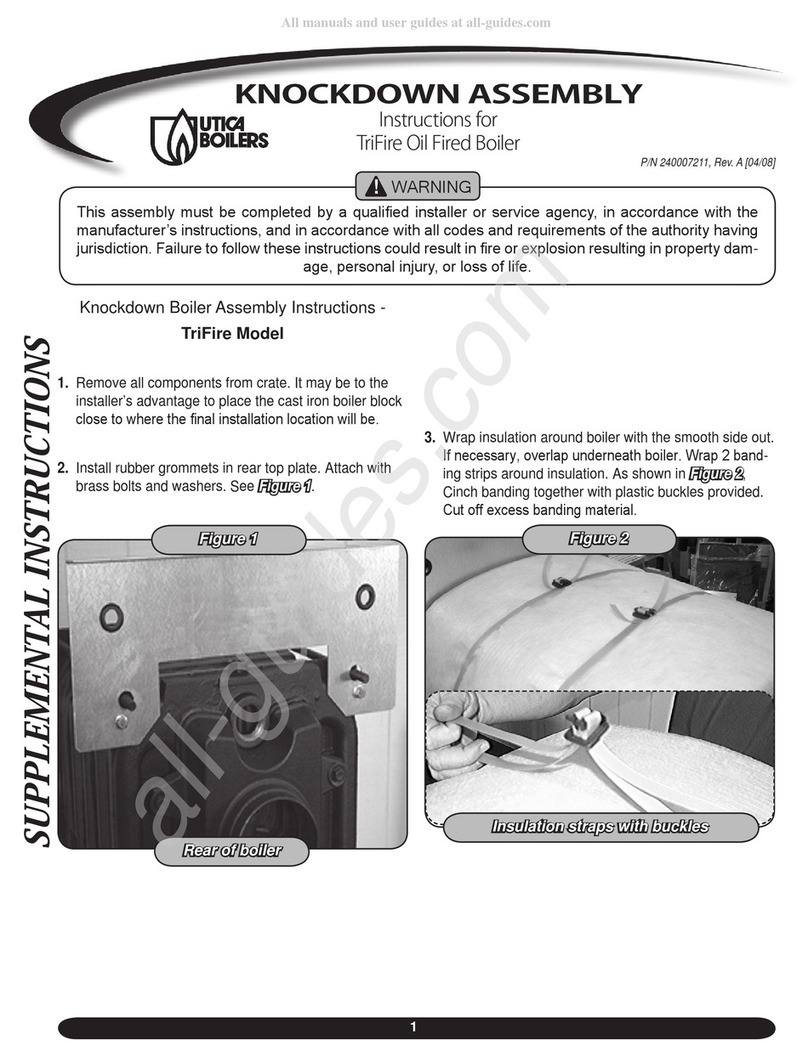
2Installation and maintenance instructions 0020308121_04
Installation and maintenance
instructions
Contents
1 Safety .................................................................... 4
1.1 Intended use .......................................................... 4
1.2 Qualification ........................................................... 4
1.3 General safety information .................................... 4
1.4 Regulations (directives, laws, standards) .............. 6
1.5 List of relevant standards for Great Britain and
Ireland.................................................................... 6
2 Guarantee and Customer Service...................... 7
3 Technical data...................................................... 8
4 Notes on the documentation ............................ 10
5 Product description........................................... 10
5.1 CE marking .......................................................... 10
5.2 UKCA mark.......................................................... 10
5.3 Hot Water Association ......................................... 10
5.4 Water Regulations Advisory Scheme .................. 10
5.5 Data plate ............................................................ 10
5.6 Serial number ...................................................... 11
5.7 Sitherm Pro™ technology.................................... 11
5.8 Display of the energy consumption, energy
yields and efficiencies.......................................... 11
5.9 Product design..................................................... 11
5.10 Design of the product's hydraulic block ............... 12
5.11 Design of the product's shift-load cylinder........... 12
5.12 Safety Devices..................................................... 12
6 Set-up.................................................................. 12
6.1 Checking the scope of delivery............................ 12
6.2 Product dimensions ............................................. 13
6.3 Installation site ..................................................... 13
6.4 Minimum clearances............................................ 13
6.5 Compartment Ventilation ..................................... 14
6.6 Using the mounting template............................... 14
6.7 Wall-mounting the product................................... 14
7 Installation.......................................................... 14
7.1 Prerequisites........................................................ 14
7.2 Installing the air/flue pipe..................................... 16
7.3 Installing the gas connection ............................... 20
7.4 Installing pipe connections between the shift-
load cylinder and the heat generator ................... 21
7.5 Installing the hot and cold water connection........ 21
7.6 Installing the heating flow and heating return ...... 22
7.7 Installing the condensate discharge .................... 22
7.8 Installing the drain pipe on the expansion relief
valve .................................................................... 24
7.9 Connecting the flexible hose to the expansion
relief valve on the shift-load cylinder ................... 24
7.10 Electrical installation ............................................ 25
7.11 Installing the front casing..................................... 31
8 Operation............................................................ 32
8.1 Operating concept ............................................... 32
8.2 Calling up the installer level................................. 32
8.3 Calling up/setting diagnostics codes ................... 32
8.4 Running a check programme .............................. 32
8.5 Carrying out the actuator test .............................. 32
8.6 Calling up the data overview ............................... 32
8.7 Calling up status codes........................................ 32
8.8 Exiting the menu level.......................................... 32
8.9 Running the chimney sweep mode
(combustion analysis).......................................... 32
8.10 Switching on the button lock (Advanced Key
Lock) .................................................................... 33
9 Start-up ............................................................... 33
9.1 Pre-Commissioning checklist .............................. 33
9.2 Carrying out the initial start-up............................. 34
9.3 Checking and treating the heating water/filling
and supplementary water .................................... 34
9.4 Deactivating standby mode ................................. 35
9.5 Running through the installation assistant........... 35
9.6 Check programmes and actuator tests................ 35
9.7 Guaranteeing the system pressure ..................... 35
9.8 Flushing the heating installation for the first
time ("cold") ......................................................... 36
9.9 Filling the heating installation .............................. 36
9.10 Purging the heating installation ........................... 36
9.11 Filling and purging the domestic hot water
system ................................................................. 36
9.12 Filling the condensate siphon .............................. 37
9.13 Checking the gas settings ................................... 37
9.14 Thoroughly flushing the heating installation
("hot")................................................................... 40
9.15 Checking the heating mode................................. 40
9.16 Checking the domestic hot water generation ...... 40
9.17 Checking leak-tightness ...................................... 40
10 Adapting the unit to the installation ................ 40
10.1 Setting parameters .............................................. 40
10.2 Activating an additional component for the
multi-functional module........................................ 41
10.3 Adapting the heating settings .............................. 41
10.4 Adapting the domestic hot water settings............ 44
10.5 Displaying the product information ...................... 45
11 Handing over to the end user........................... 45
12 Inspection and maintenance ............................ 45
12.1 Complete Service Interval Record section .......... 45
12.2 Using original seals.............................................. 45
12.3 Maintenance interval............................................ 45
12.4 Actuator test......................................................... 46
12.5 Inspection and maintenance................................ 46
12.6 Preparing the maintenance work......................... 46
12.7 Removing/installing the compact thermal
module ................................................................. 46
12.8 Cleaning/checking the components..................... 48
12.9 Draining the product ............................................ 50
12.10 Completing inspection and maintenance work .... 50
13 Troubleshooting ................................................ 50
13.1 Checking the data overview ................................ 50
13.2 Service messages ............................................... 51
13.3 Fault messages ................................................... 51
